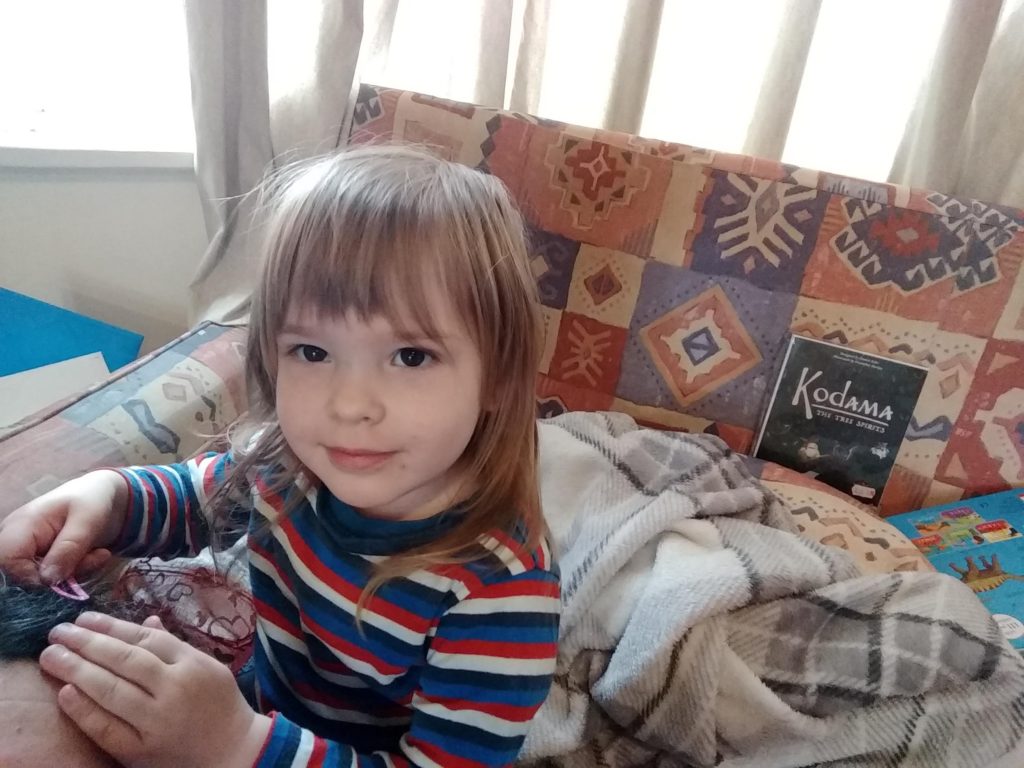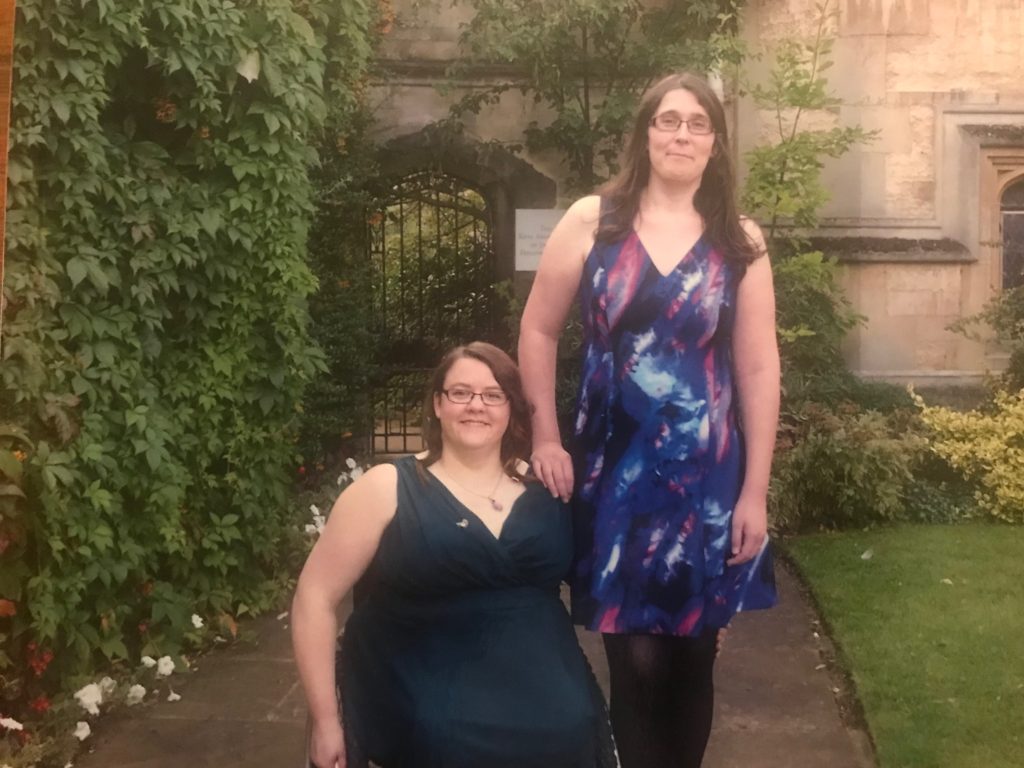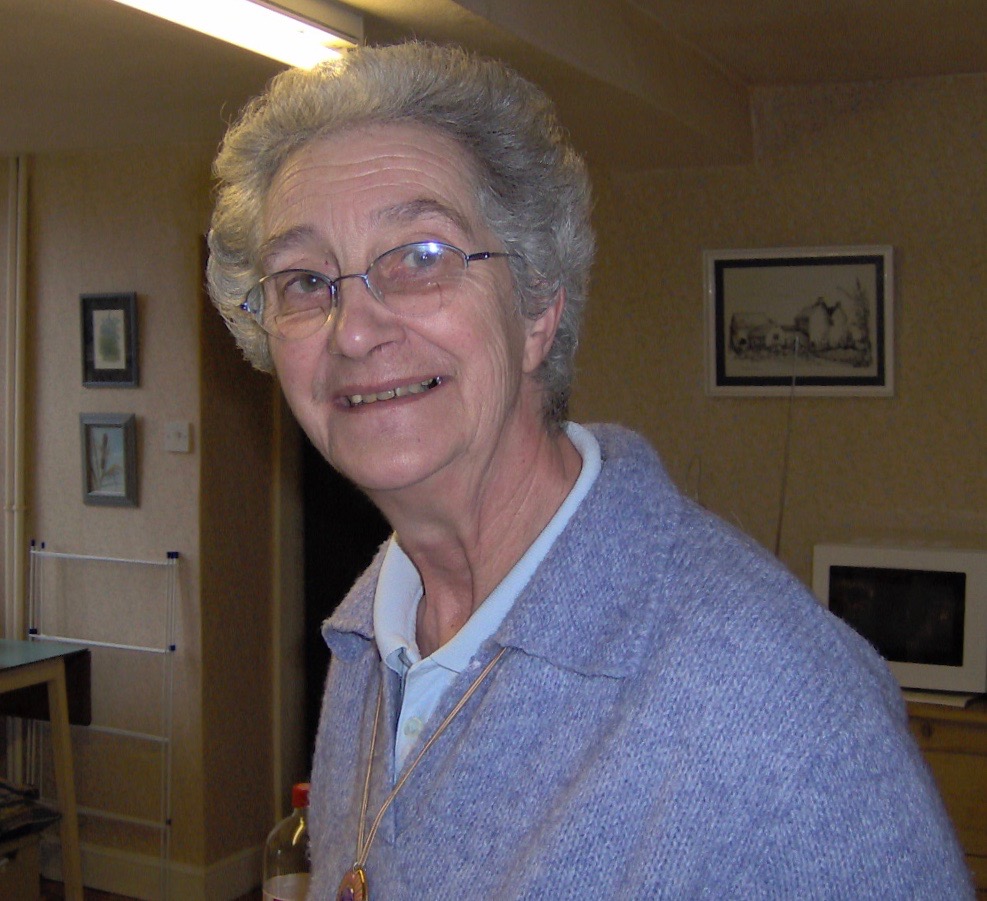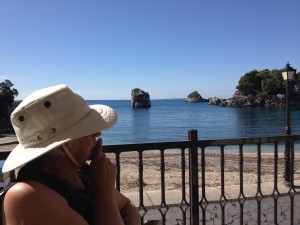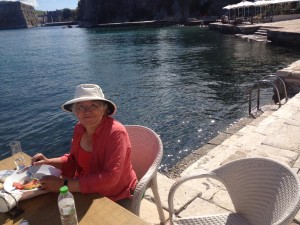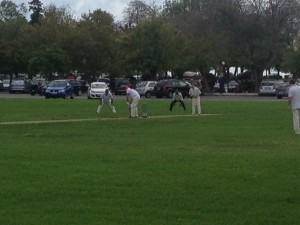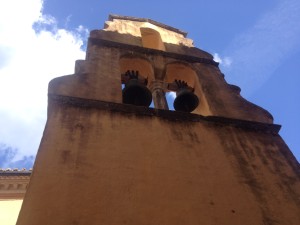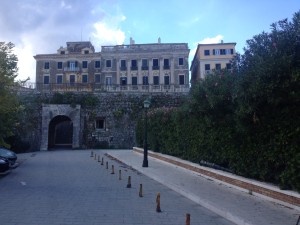2016? Was that the last time I posted anything? What’s my excuse? When will I stop asking questions..?
For one thing, I have been writing stuff, just not here. WREN press releases, Bowling Club press releases, Wadebridge Rotary press releases, a novel. For another, I realised I was writing here about mainly travel and food, either travelling to Oxford and eating big dinners at Oriel, or going on holiday. That’s not the sort of writer I am, in my own mind, anyway. I thought I’d give it a rest for a short while. Well, three and a half years isn’t long. How much can have happened in that time?
Let’s see. Elder daughter Ellie gave birth to Samantha Jessie (Sam), younger daughter Tris married Emily, my mother Mary passed away (see new separate page – Mary Smith), and normal human society collapsed under the onslaught of pandemic virus Covid-19.
Diana and I are surviving social distancing well enough. Weekly trips to Tesco, either during old folks hour or late at night, keep us in food and other essentials. The 24-pack of toilet rolls bought in February (in the normal course of restocking, he clarifies) is only just past half-used.
We are becoming Zoom adepts. I set up a weekly meeting for Wadebridge Rotary, which after three weeks general chat and getting used to the technology, is now looking to discuss more serious things. We held a Wadebridge writers’ meeting on-line, which was remarkably successful. The Orieladelphians met on the date that might have been the Friends & Family dinner in another reality. WREN held a project launch on-line instead of in the town hall. We’d have preferred the town hall, but it worked well enough, and some guest experts could speak from London or Loughborough when they might not have travelled to Cornwall at all.
The garden is looking tidy. Rooting up weeds from the paths counts as exercise, as does deliberately using a watering can rather than a hosepipe. I am also cycling up the hill outside our house – definitely exercise. I freewheel to the bottom of the hill, then power my way up the 1.6 miles past my house as far as the Royal Cornwall Showground, where the cycle path along the A39 runs out. (When I say ‘power’ I mean battery power; I have an electric bike. But the aim is to use the minimum help necessary.)
We join a (suitably distanced) cluster of neighbours in the area outside our houses on Thursday evenings to applaud carers and then chat for a few minutes. This is also my reminder to put out the bins.
We have a five o’clock date with the Downing Street Briefing, which I mainly watch now for the statistics. After the first few weeks, I have given up on the questions and answers, and now switch over to BBC2 for Pointless. Is there a message there, I wonder?

